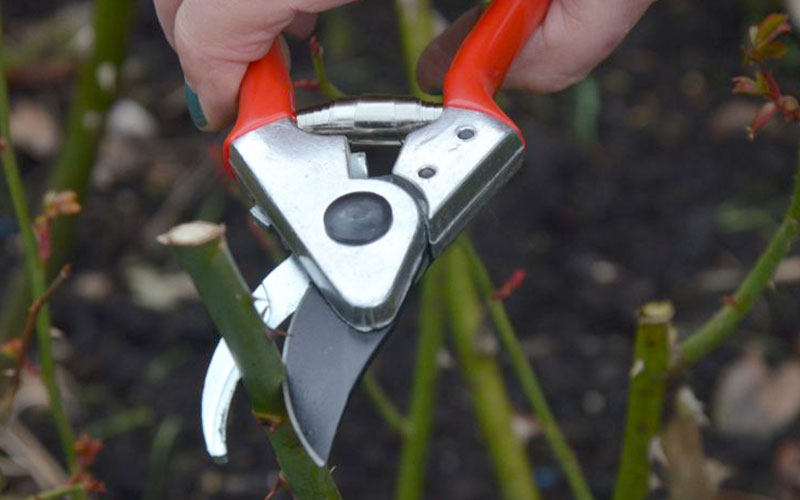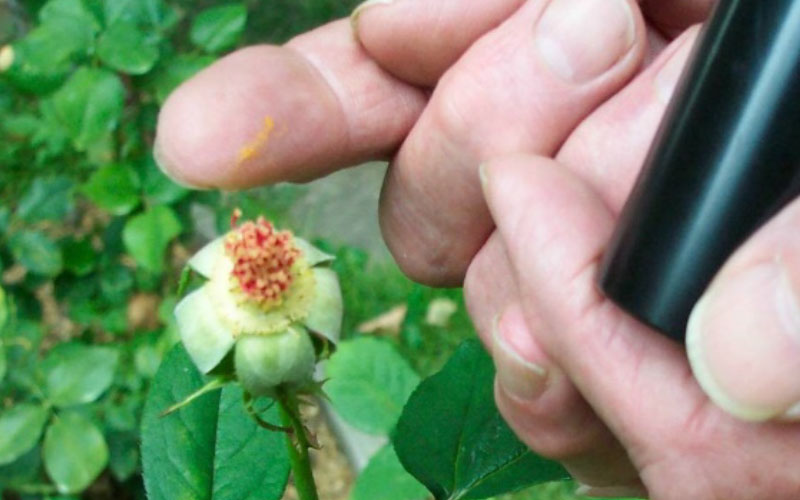How to grow roses
Growing roses is easier than you think
Modern roses are easy to grow and low on maintenance if planted correctly.
Many of the older roses can also be grown successfully but will require extra care and protection against disease and this should be taken into account when selecting them.
Planting
Roses like a sunny spot. They can be grown in conditions with less light but may not produce quite so many flowers. Soil is obviously a consideration but roses will grow in many soil conditions. An ideal soil for roses is a firm loam made up of 60% clay and 40% sand.
Roses generally dislike badly drained soil or being planted under large trees. Some roses however are more suited to certain aspects, i.e. North or South facing walls.
Roses like a soil that is deep enough for the roots to hold the plant firmly in place. The planting site should be well dug over and some well-rotted manure or garden compost incorporated.
To find out more read our handy guide How to Grow Roses available in the Shop
Planting Bare Root Roses



What is a bare root rose?
Quite simply it’s the best way to plant in your garden a new rose that will produce a good healthy and floriferous bush. Bare root means that the rose has just been dug up from the nursery growing fields usually in November. It will arrive to you between November and March without soil, the roots may be wrapped in straw or even in cling film.
On arrival you should unwrap your new charge and plunge into water for up to 24 hours to rehydrate the bush. Once rehydrated the bush should be planted in its new home without delay.
Remember; many of our ‘partner nurseries’ offer Rose Society UK members a 10% discount on all bare root sales so there’s no better reason to join the society and at the same time save money on your new roses.
(Add link to shop)
Pruning and training

In conjunction with our sponsors DARLAC we will be trying to unwrap the mysteries of pruning and rose care.
There has, over the years, been a lot of old nonsense spoken about pruning roses. Dead heading spent blooms during the summer keeps the roses blooming but the bushes will most likely be quite tall. Whilst March remains the time that most roses are pruned, it is in the autumn that you should trim your roses, cutting back tall stems from bush roses. Cutting the bushes back by about a third of their height will help reduce the chances of them being damaged by strong winds.
The Rose Society UK advises pruning in the spring, but this will very much depend on where you live and when you want your roses to bloom.
See All about Roses or How to Grow Roses to find more detailed information about all aspects of training and pruning your roses.
Members can watch videos on pruning too.
Why not join?
Propagating roses


Roses can be propagated by seed, cuttings, layering, budding or grafting. Most new roses are introduced following extensive breeding programmes where the growers make crosses between specific roses to create a new rose.
The seeds are gathered from ripe hips and grow into tiny rose plants that will all be a unique hybrid. Cuttings, layering, budding and grafting are all ways of propagating an existing rose – so making more of exactly the same rose.
For more information see All About Roses or How to Grow Roses
